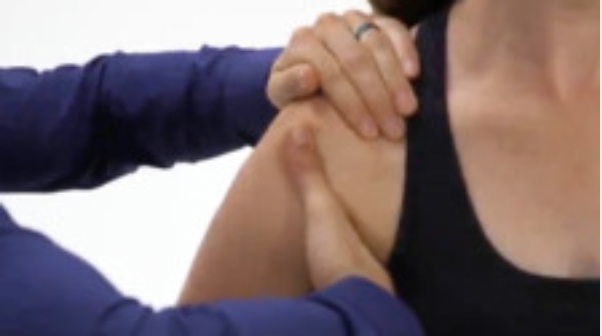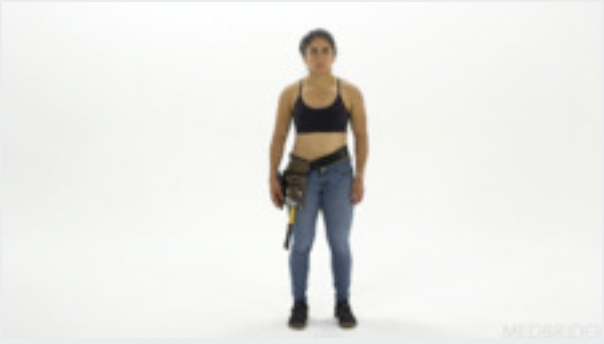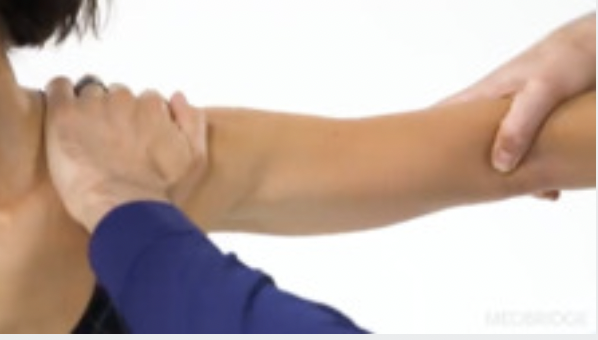This is an interactive course that will teach you how to identify faulty humeral alignment and movement patterns in the shoulder by analyzing patient posture and movement. You will learn how to use components of the movement system to classify patients with humeral movement faults and mechanical shoulder pain. Based on movement classifications, you will hypothesize mobility and muscle performance deficits contributing to a patient’s symptoms. You will integrate symptom modification procedures into your interventions and learn how to restore optimal posture and movement of the humerus.
Description
Chapters & Learning Objectives
1. Patient Case: Robin
This chapter describes the background and history of Shirley Sahrmann and colleagues, the developers of the movement system impairment (MSI) model. You will learn how to integrate the MSI model into the International Classification of Functioning, Disability and Health (ICF) model to create a comprehensive model for physical therapy practice. You will analyze a patient’s posture and movement while learning how to utilize symptom modification procedures (SMPs) to correct for excessive humeral anterior glide. You will determine how mobility and muscle performance deficits influence the patient’s posture and movement. You will then use the movement system to restore optimal posture and movement for a patient who presents with excessive humeral anterior glide.

2. Patient Case: Jessica
This chapter will use a patient case to introduce the syndrome of humeral superior glide. You will analyze the patient’s posture and movement while learning how to utilize SMPs to correct for excessive humeral superior glide. You will determine how mobility and muscle performance deficits influence the patient’s posture and movement. You will then use the movement system to restore optimal posture and movement for a patient who presents with excessive humeral superior glide.

3. Patient Case: Patrick
This chapter will use a patient case to introduce the syndrome of humeral medial rotation. You will analyze the patient’s posture and movement while learning how to utilize SMPs to correct for excessive humeral medial rotation. You will determine how mobility and muscle performance deficits influence the patient’s posture and movement. You will then use the movement system to restore optimal posture and movement for a patient who presents with excessive medial rotation.

4. Patient Case: Bethanie
This chapter will use a patient case to introduce the syndrome of glenohumeral multidirectional hypermobility. You will analyze the patient’s posture and movement while learning how to utilize SMPs to correct for excessive glenohumeral multidirectional hypermobility. You will determine how mobility and muscle performance influence the patient’s posture and movement. You will then use the movement system to restore optimal posture and movement for a patient who presents with glenohumeral multidirectional hypermobility.

5. Patient Case: Charles
This chapter will use a patient case to introduce the syndrome of glenohumeral hypomobility. You will analyze the patient’s posture and movement while learning how to utilize SMPs to correct for glenohumeral hypomobility. You will determine how mobility and muscle performance deficits influence the patient’s posture and movement. You will then use the movement system to restore optimal posture and movement for a patient who presents with glenohumeral hypomobility.





